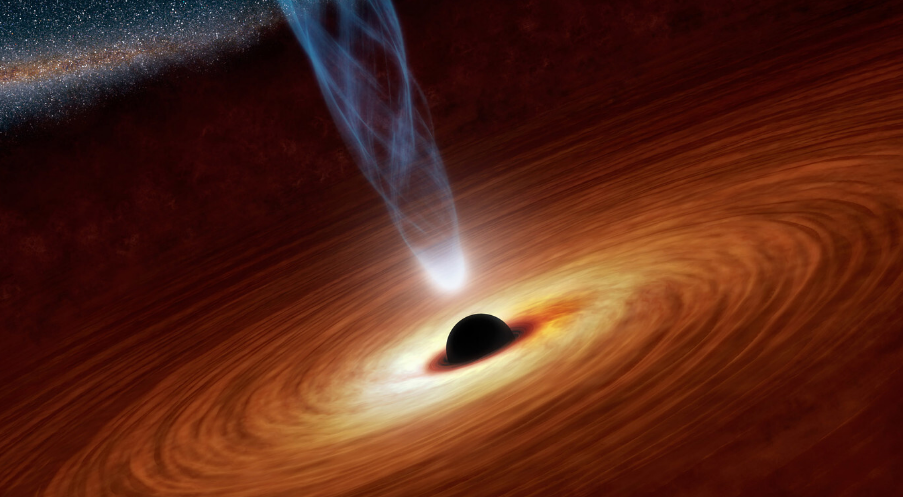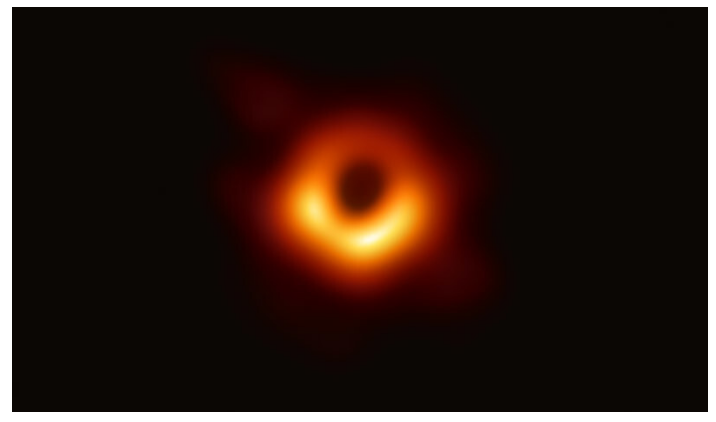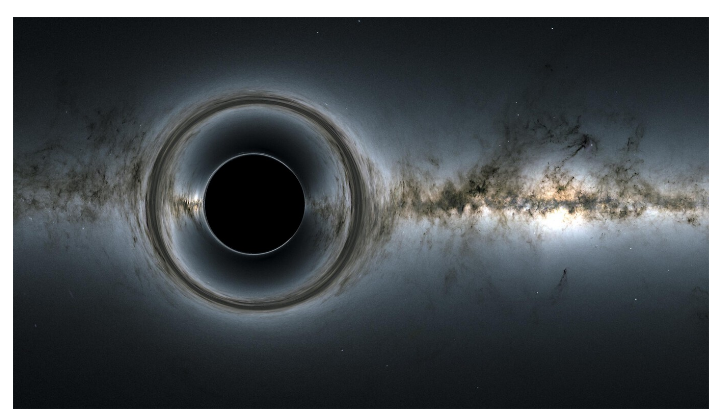
Black holes have been, are, and will be one of the most studied cosmic objects, as well as being protagonists in science fiction works with a space setting. In Xataka we have already addressed in depth the questions and answers they raise, but today we want to give you a simple definition of what black holes are.
To do this, we will help ourselves with the explanation provided by NASA, with the aim that, after reading this article, you will be able to explain in a few seconds what a black hole is and what types there are. This will be a brief piece to offer a clear definition, but we recommend that you approach the article with questions and answers, in which keys such as the formation of black holes, their cosmic properties, and other curiosities are addressed.
what is a black hole?

Although black holes are complex cosmic phenomena, the definition couldn’t be simpler. NASA defines a black hole as an astronomical object with a gravitational force so strong that not even light can escape from it.
Black holes are finite, with a certain size. Its spherical surface is called the ‘event horizon’ (or event horizon), this being the region of space that surrounds the black hole and that defines its limit.
This event horizon defines the limit where the speed required to evade it exceeds the speed of light (the very physical limit of the cosmos). In other words, all the matter and radiation within this surface are trapped and cannot get out .

How a black hole is formed
But what about the formation of black holes? NASA explains that this phenomenon occurs when a star with a size of more than 20 solar masses exhausts the fuel in its core and collapses under its weight.
This collapse results in a supernova explosion that ejects the outer layers of the star. If the core is large enough (about three times the mass of the Sun), no force will be able to counteract the remaining gravitational collapse, that is, the mass concentration of that star towards the center after the explosion.
The very gravitational contraction of space tends to agglutinate all the mass of the star in a small space. So small and with such a high density that, to escape this gravitational pull, one would have to exceed the speed of light. And this is how a black hole is born.

Sharlene Meriel is an avid gamer with a knack for technology. He has been writing about the latest technologies for the past 5 years. His contribution in technology journalism has been noteworthy. He is also a day trader with interest in the Forex market.











